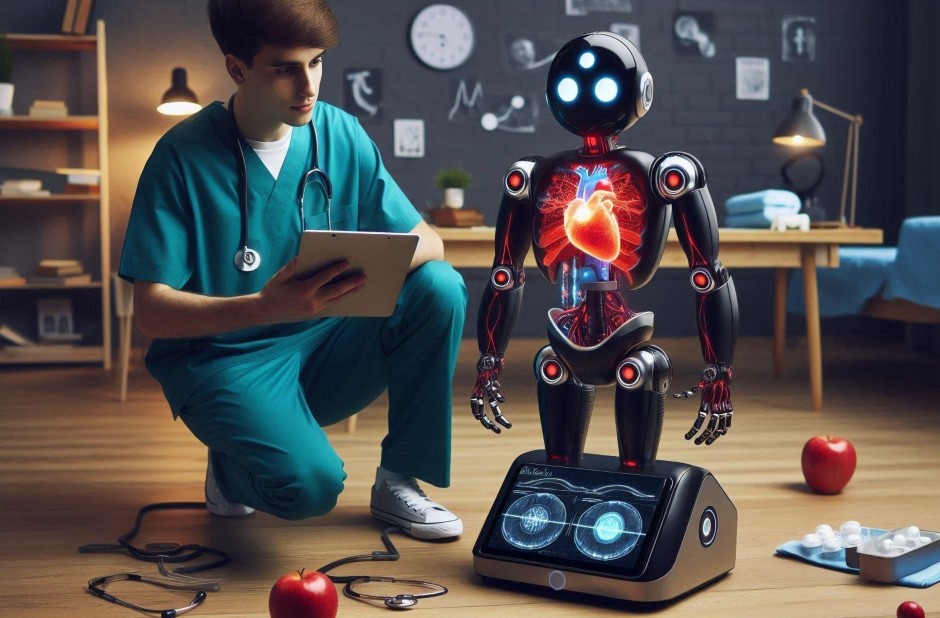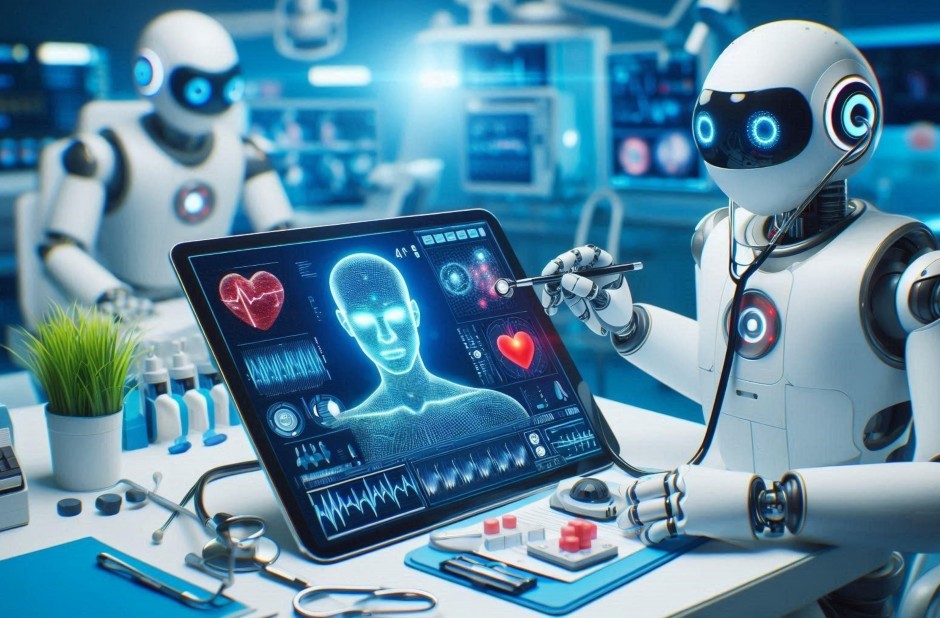In recent years, there has been a significant advancement in the field of Artificial Intelligence (AI) and Augmented Reality (AR). These technologies have become increasingly popular and have the potential to enhance virtual experiences in various fields such as gaming, education, healthcare, and...
Smart Robots Now Help Doctors Save Lives

In recent years, the integration of advanced robotics into healthcare has transformed medical practice, creating unprecedented opportunities for improving patient outcomes. These intelligent machines now serve as valuable assistants to medical professionals, enhancing precision, efficiency, and access to care. From surgery to rehabilitation and diagnostics, smart robots are becoming indispensable tools in modern medicine.
Surgical Precision through Robotic Assistance
Perhaps the most visible impact of smart robots in medicine has been in the operating room. Robotic surgical systems provide surgeons with enhanced dexterity and visualization capabilities that surpass human limitations.
Minimally Invasive Procedures
Robotic-assisted surgeries typically involve smaller incisions compared to traditional open surgeries. This translates to numerous benefits for patients, including:
- Reduced blood loss during procedures
- Lower risk of surgical site infections
- Shorter hospital stays and recovery times
- Less post-operative pain and scarring
The da Vinci Surgical System represents one of the most widely adopted platforms, with thousands of units deployed globally. Surgeons control robotic arms while viewing magnified 3D imagery of the surgical site, allowing for procedures that would otherwise be extremely challenging using conventional techniques.
AI-Powered Diagnostic Assistants
Beyond the operating room, intelligent robots equipped with sophisticated artificial intelligence are revolutionizing disease detection and diagnosis. These systems analyze medical imagery and patient data with remarkable accuracy, often identifying patterns invisible to the human eye.
Radiological diagnostics has particularly benefited from this technology. AI algorithms can scan thousands of x-rays, MRIs, or CT images, highlighting potential abnormalities for radiologist review. Studies have demonstrated that this collaborative approach between human experts and AI assistants leads to significantly higher diagnostic accuracy than either could achieve independently.
Early Detection Saves Lives
The impact of these diagnostic robots is especially profound in cancer screening. Early detection remains one of the most critical factors in successful cancer treatment, and AI-powered systems have demonstrated exceptional capability in identifying malignancies at their earliest stages. For example, AI diagnostic tools have shown over 95% accuracy in detecting certain lung and breast cancers when analyzing medical images.

Robotic Care Assistants
In hospital and elder care settings, robotic assistants are alleviating pressure on overburdened healthcare systems while improving patient experiences. These helpers range from autonomous delivery robots that transport medications and supplies throughout hospitals to sophisticated interactive companions for patients.
Care robots can monitor vital signs continuously, alert staff to emergencies, assist with patient mobility, and even provide basic companionship. This technology proves particularly valuable during staffing shortages or infectious disease outbreaks when minimizing unnecessary human contact becomes crucial.
Rehabilitation Robotics
For patients recovering from strokes, spinal cord injuries, or other neurological conditions, rehabilitation robots provide consistent, precise therapy that adapts to individual progress. These devices can guide limbs through therapeutic movements thousands of times with perfect consistency, a level of repetition that would be impossible for human therapists to deliver.
Wearable robotic exoskeletons represent another breakthrough, enabling paralyzed individuals to stand and walk again. These devices not only improve mobility but also help prevent secondary complications associated with prolonged immobility.
Challenges and Future Directions
Despite their tremendous potential, medical robots face several hurdles to wider adoption. Cost remains a significant barrier, with advanced surgical systems often priced in the millions of dollars. Questions about liability, safety protocols, and appropriate human oversight also require careful consideration.
However, the trajectory is clear: as technology advances and costs decrease, smart robots will become increasingly integrated into healthcare delivery. The next generation of medical robots will likely feature enhanced autonomy, more sophisticated sensing capabilities, and seamless integration with other digital health systems.
The ultimate goal isn't to replace healthcare professionals but to augment their capabilities, allowing doctors and nurses to focus their uniquely human skills on patient care while delegating appropriate tasks to their robotic assistants. This collaboration between human expertise and robotic precision promises to save countless lives in the decades ahead.



